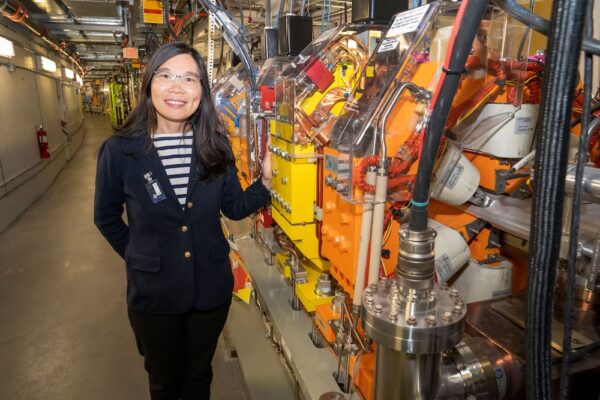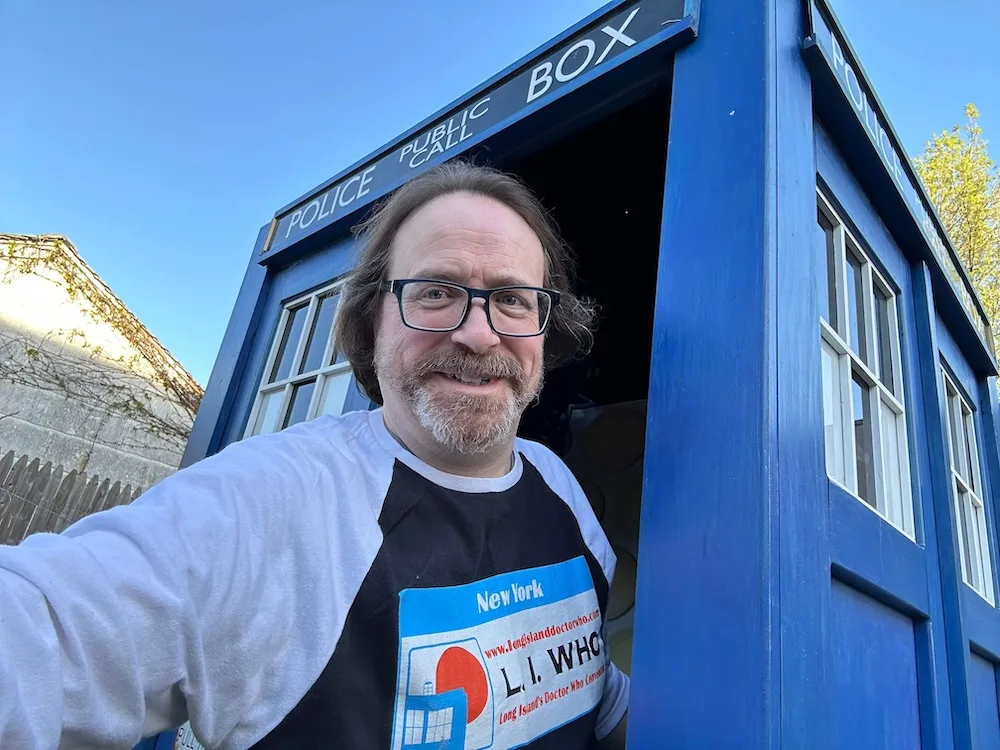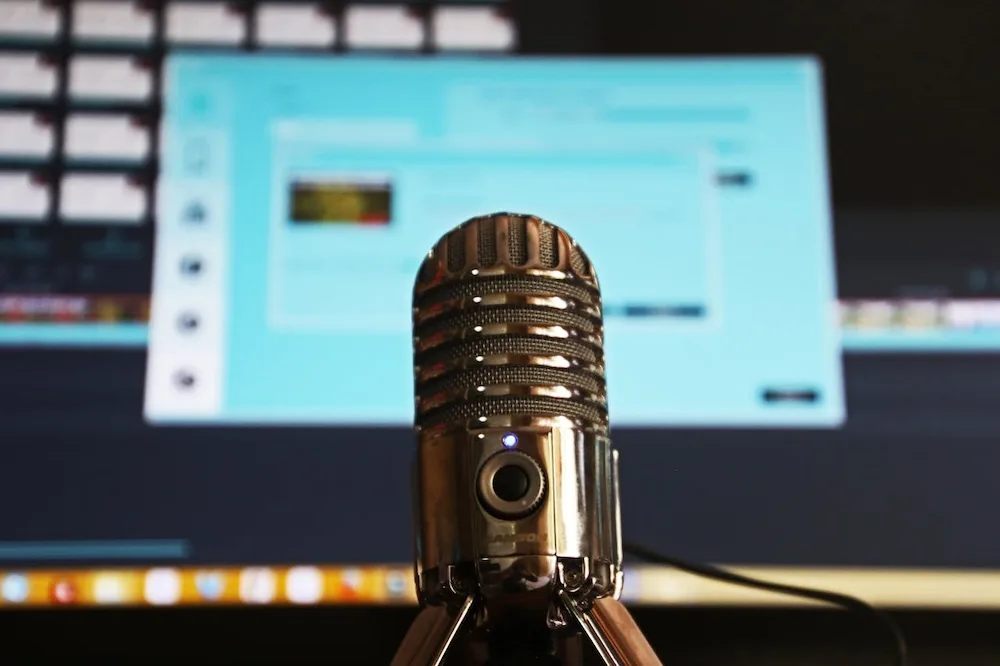That might be an oversimplification of her job but Guimei Wang, whose LinkedIn profile simply lists her title as “scientist,” has an important role at Brookhaven National Lab. She literally makes sure the National Synchrotron Light Source II (NSLS-II) is kept up and running and she manages a schedule of around 1,500 hours per year of experiment time with the machine. So, yeah, she supplies the photons for Brookhaven National Lab.
The NSLS-II, according to BNL, “creates light beams 10 billion times brighter than the sun, directing them towards specialized experimental stations called beamlines.” It’s like a big gun that shoots lasers at stuff.
“NSLS-II produces ultrabright beams of light, from infrared to x-rays, that scientists use to study a wide range of materials and biological samples,” is how BNL describes the NSLS-II.
It’s cutting edge. It’s complicated. It needs someone who knows how to fix it.
That’s where Wang comes in.
“Wang leads the group that collaborates with various experts within NSLS-II to ensure that the photons are delivered reliably and smoothly,” BNL said of her in a recent profile.
Note: The next deadline for proposals and beam time requests is May 31, 2024 at 11:59pm so if you’re a last-minute kind of experimenter, better get them in soon!
“During beam studies, we restore the accelerator following a long shutdown or a maintenance period and return the beam quality back to its normal operation state,” said Wang of her job at BNL. “My group also develops and implements new programs to enhance machine performance, such as achieving higher current, improving beam stability, and reducing beam emittance.”
I mean, I’m not gonna say she’s Scotty from Star Trek, but she’s Scotty from Star Trek except for the NSLS-II instead of the NCC-1701.
“In the event of an issue with the accelerator or abnormal beam quality at the beamlines, I am always the first point of contact,” she said. “Our job is to diagnose the problem and address it as soon as possible.”
So yeah…
Wang says that a typical challenge in her job is beam instability.
“Something like this can come from an unstable power supply system or the utility system, which are everywhere and necessary for the operation of NSLS-II but can drive large noise levels at a certain frequency,” she said. “We have about 200 beam position monitors located around the storage ring that allow us to monitor and pinpoint which area an instability comes from.”
Wang started at NSLS-II as a postdoc in 2009 at the beginning of the facility’s construction and now she makes sure the equipment keeps humming. NSLS-II runs seven days a week, 24 hours a day, for 5,000 hours per year, supporting thousands of user experiments, according to Wang.
“Reliability is the top priority for a synchrotron user facility,” she said. “We target our reliability to be near 97% or above.”
Photo: Guimei Wang standing next to the powerful magnets in the NSLS-II storage ring that steer, stabilize, and store electrons racing around at near light speed. (David Rahner/Brookhaven National Laboratory)




